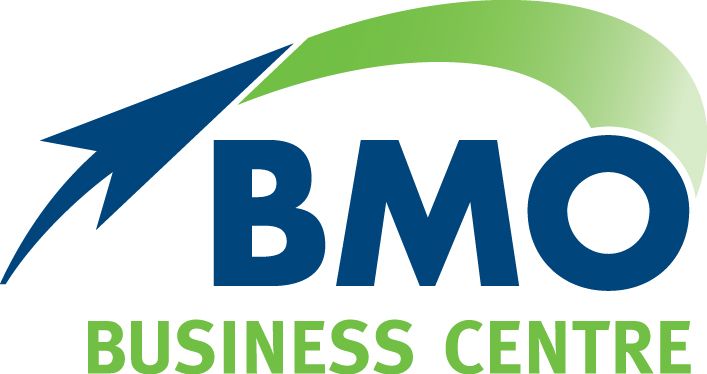Understanding the New $3m Super Tax
Understanding the New $3m Super Tax
The much-debated tax on superannuation balances over $3 million is inching closer and those who may be affected should ensure they have considered the implications.
Although it is not yet law, the Division 296 tax should be taken into account when it comes to investment strategy and planning, particularly in relation to any end-of-financial-year contributions into super.
Tax for higher account balances
The new tax follows a Federal Government announcement it intended to reduce the tax concessions provided to super fund members with account balances exceeding $3 million.
Once the legislation passes through Parliament and receives Royal Asset, Division 296 will take effect from 1 July 2025. Division 296 legislation imposes an additional 15 per cent tax (on top of the existing 15 per cent) on investment earnings of a super account where your total super balance exceeds $3 million at the end of the financial year.(i) The extra 15 per cent is only applied to the amount that exceeds $3 million. Given the complexity of the new rules, it is important to seek professional advice so you can make informed decisions.
How the new rules work
A crucial part of the new legislation is the Adjusted Total Super Balance (ATSB), which determines whether you sit above or below the $3 million threshold.
When assessing your ATSB, the ATO will consider the market value of assets regardless of whether or not this value has been realised, creating a significant impact if your super fund holds property or speculative assets. The legislation also introduces a new formula for calculating your ATSB for Division 296 purposes.
The legislation outlines how deemed earnings will be apportioned and taxed, based on the amount of your account balance over the $3 million threshold.
Negative earnings in a year where your balance is greater than $3 million may be carried forward to a future financial year to reduce Division 296 liabilities. If you are liable for Division 296 tax, you can choose to pay the liability personally or request payment from your super fund.
Strategic rethink may be needed
For many fund members, superannuation remains an attractive investment strategy due to its favourable tax treatment.(ii)
But those with higher account balances need to understand the potential effect of the Division 296 tax. For example, given the new rules, you may need to consider whether high-growth assets should automatically be held inside super.
Holding long-term investments that may be more difficult to liquidate, such as property, within super may be less attractive in some cases, because the new rules create the potential to be taxed on a gain that is never realised. This could occur where the value of an asset increases during a financial year but drops in value by the time it is actually sold.
For some, holding commercial property assets (such as your business premises) within your SMSF may be less attractive.
It will also be important to balance asset protection against tax effectiveness. For some people, the asset protection provided by the super system may outweigh the tax benefits of other investment vehicles, such as a family trust.
Division 296 will require more frequent and detailed asset valuations, so you will need to balance this administrative burden with the tax benefits of super.
Estate planning implications
Your estate planning will also need to be revisited once Division 296 is law.The tax rules for super death benefits are complex and should be carefully reviewed to ensure you don’t leave an unnecessary tax bill for your beneficiaries. If you still have many years to go before retirement and hold high-growth assets in your fund, you will need to closely monitor your super balance.
If you want to learn more about how Division 296 tax could affect your super savings, contact our office today.
i https://treasury.gov.au/sites/default/files/2023-09/c2023-443986-em.pdf
ii https://www.ato.gov.au/individuals-and-families/super-for-individuals-and-families/super/growing-and-keeping-track-of-your-super/caps-limits-and-tax-on-super-contributions/understanding-concessional-and-non-concessional-contributions


